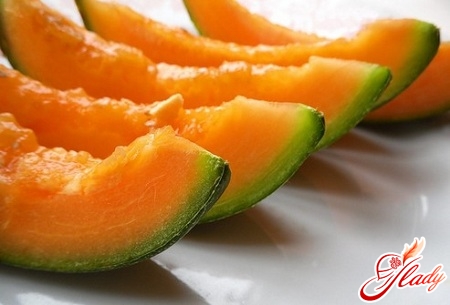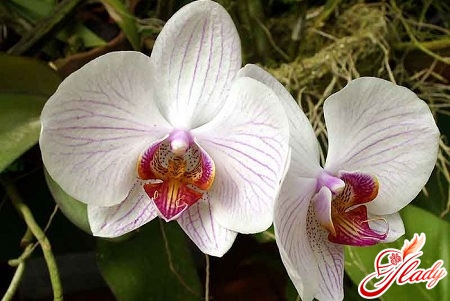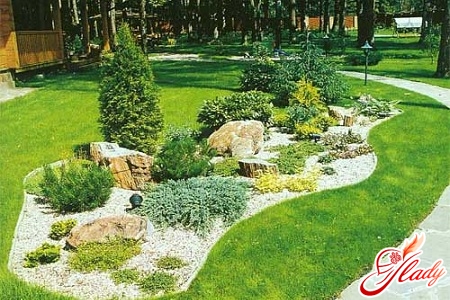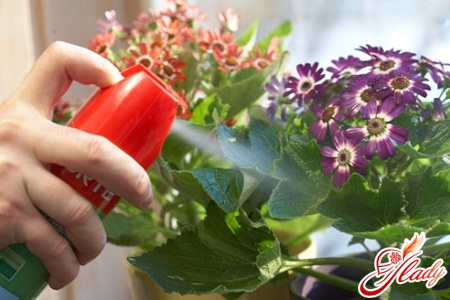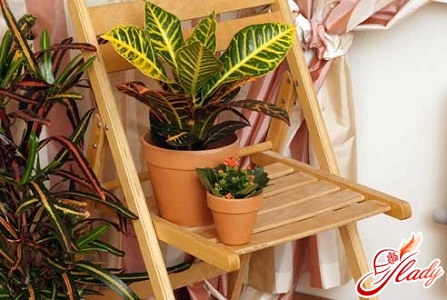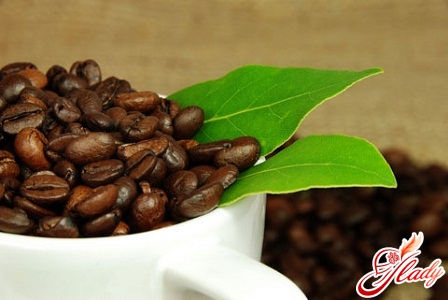 A real coffee tree in the house is no longerexotic. Many, many gardeners dare to grow this amazing plant with unusually fragrant flowers. Not only does the coffee tree simply bloom magically, it also bears fruit, giving a small but real coffee harvest. True, not all varieties of coffee and not all types of coffee trees can be grown indoors. Therefore, so that your tree does not grow a real giant, taking up half of the apartment (and it's a pity to throw it away!), let's find out how to grow a coffee tree, and what efforts and knowledge this botanical experiment will require from you.
A real coffee tree in the house is no longerexotic. Many, many gardeners dare to grow this amazing plant with unusually fragrant flowers. Not only does the coffee tree simply bloom magically, it also bears fruit, giving a small but real coffee harvest. True, not all varieties of coffee and not all types of coffee trees can be grown indoors. Therefore, so that your tree does not grow a real giant, taking up half of the apartment (and it's a pity to throw it away!), let's find out how to grow a coffee tree, and what efforts and knowledge this botanical experiment will require from you.
Miracle tree
In nature, coffee trees are largeshrubs or trees reaching a height of up to eight meters and numbering about a hundred species. Wild coffee grows in tropical Africa, the Mascarene Islands and Madagascar. Its flowers are very similar to jasmine flowers (but much larger) and have an equally pleasant aroma. Coffee fruits are no less decorative than its flowers, they resemble red or blue-black cherries of a slightly elongated shape. This plant is cultivated (for the purpose of obtaining beans) in the tropics of America, Africa and Asia. In room conditions, the coffee tree can grow up to 4-5 meters (as far as the height of the ceilings allows). However, its intensive growth can be regulated by cutting it to the desired size and restraining the irrepressible desire for the sky. In addition, special dwarf varieties of the coffee tree have already been bred for indoor floriculture. And of the well-known and widespread species, Arabian coffee (Arabica), Brazilian and Liberian are suitable for a home coffee tree. It is not difficult to care for an adult tree, but its cultivation presents some difficulties. This process, let's say, is not the easiest. Usually, a coffee tree is grown from a seed or from a cutting. How is this done?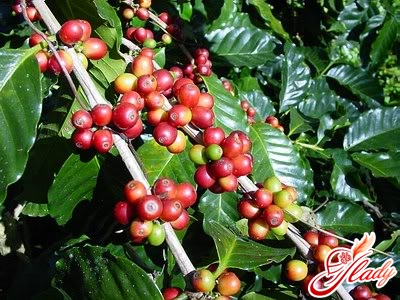
Coffee tree from the handle
For this method of growing a new plantselect a branch from the middle of the crown of an adult fruit-bearing tree. It is better if it is a branch of the previous growth (buds are formed in them) with two pairs of leaves. If you plant exactly such a cutting, then the tree that grows from it will begin to bloom and bear fruit early. The cutting is prepared for planting as follows:
Any soil is suitable for rooting the cuttings, butIt should be breathable and retain moisture well. The most suitable substrate for rooting a coffee tree cutting is considered to be a mixture of one part peat (sphagnum or bog) and one part perlite (exfoliated construction sand). The substrate poured into the container is left in a loosened state and watered with a weak solution of potassium permanganate. The cutting is strictly vertically immersed in the ground by two, two and a half centimeters, and the lower pair of leaves are also dug into the soil. With this method of planting, you can expect almost one hundred percent rooting because additional roots are formed in the place where the leaves grow. After this, the planted cutting is watered again with potassium permanganate, covered with a plastic bag or a plastic bottle, making holes in them for ventilation. Such a mini-greenhouse will allow you to maintain a temperature suitable for rooting, which ideally should reach 25-27 degrees. The higher the temperature, the faster the cutting will root, but at temperatures above 32 degrees the effect will be the opposite. The rooting period lasts about 37-40 days, during which the future tree must be sprayed and protected from direct sunlight. As soon as the first upper growth bud appears on the cutting, it has rooted. And after the first new pair of leaves, the seedling can already be transplanted to a permanent place. However, this must be done very carefully, since the root system of this baby tree is still quite weak. A mixture of four parts turf, two parts peat and one part sand and a pot with a diameter of 10-12 cm is suitable for transplanting. Drainage (about 1 cm) is placed on the bottom of the pot and prepared soil is poured in. The coffee tree seedling is planted very carefully, placing the roots on a small mound, straightening them and sprinkling them with earth. After which the tree is watered abundantly. The advantages of propagating a coffee tree by cuttings include:
- preservation of all properties of the mother tree;
- early flowering (even during rooting);
- early full-bodied fruiting (already on a one-year-old tree).
The only drawback of this method is that a coffee tree grown from a cutting requires complicated care due to the need to form a crown.
Coffee tree from sunflower seeds
To grow a coffee tree from a seedOnly fully ripened coffee beans are suitable (they can be picked straight from the tree). It is believed that berries with two beans germinate better. Coffee beans are very capricious and quickly lose their germination capacity, so they need to be prepared for planting immediately. To do this, the grain is cleaned of the "skin" (outer shell) and first washed with plain water, and then soaked for half an hour in a weak solution of potassium permanganate. By the way, the soil for planting coffee beans also needs to be prepared in advance. It should be loose, slightly acidic and have time to settle (or infuse) before planting for two weeks. For planting coffee beans, the most optimal soil mixture is considered to be two parts of turf soil, one part of sand and one part of peat. Experienced gardeners recommend steaming or calcining the prepared soil in the oven. Each coffee bean is planted in a separate pot to a depth of one centimeter. The grains are placed in the soil with the convex side up: this way they germinate easier. The planted grain (as in the case of cuttings) is watered and covered with a jar or plastic bottle. For the seeds to germinate, the temperature should be no lower than nineteen and no higher than twenty-four degrees. In such conditions, the first leaves, protected by a seed coat, will appear in about a month and a half. Before they are freed from this coat, the shoots should be kept in a humid (very humid) environment. But after they are completely freed, you can (and should) begin to accustom this tender coffee sprout to ordinary room air. To do this, the jar is removed from the pot for one minute at first, and then the airing time is gradually increased. The young green sprout will definitely begin to lignify, turning into a still small, but already a real coffee tree. This process can scare novice "coffee planters", as it looks like some kind of disease. At first, unsightly brown spots appear on the green stem, and the stem itself looks as if it is starting to dry out. In fact, it can dry out almost by half. Then the spots gradually increase and merge with each other, turning into the “bark” of the real trunk of the coffee tree. In the first year of cultivation, only the trunk grows, and the crown of the tree does not form. And already in the second year, the skeletal branches of the crown begin to grow. To give the tree splendor, these branches need to be trimmed a little. And in the future, no crown formation will be required for such a tree. By the way, the absence of problems with crown formation can be attributed to one of the main advantages of a tree grown from a seed. And it is also quite simple and cheap. The disadvantage of seed propagation is late fruiting. Therefore, knowing how to grow a coffee tree from a grain or cutting, choose the method that you like best. And may this experience of growing be successful and fruitful (in the literal sense). And then, you see, you can brew your own grown coffee. Well, just to surprise your guests and amuse your own vanity. We recommend reading:




